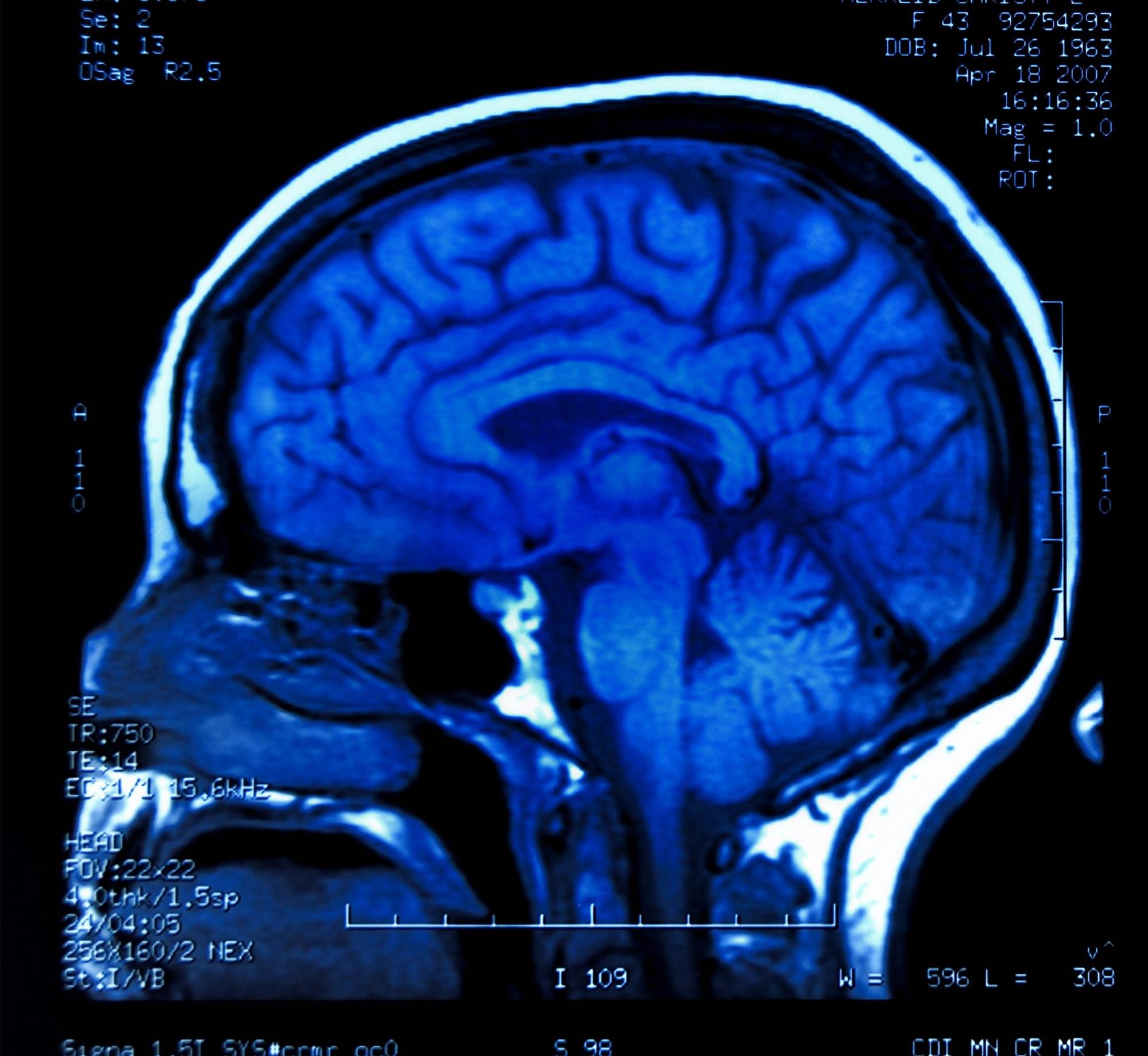A US game has got regulatory approval to help treat attention deficit hyperactivity disorder.



Living to 100 may sound like a dream, but thanks to advancements in anti-aging and longevity research, it’s becoming more of a realistic goal than ever before. While genetics play a role, experts say your daily habits have a major impact on how gracefully—and healthfully—you age. From diet and movement to mindset and skincare, there are key lifestyle shifts and science-backed secrets that can help slow the aging process, boost vitality, and support a longer, more vibrant life.
Robert Love, a neuroscientist, shared three anti-aging and longevity secrets you should know about if you want to “slow down aging” and “even help reverse aging.” According to him, prioritizing sleep, avoiding ultra-processed foods, and taking healthy supplements are some of the best options. Read on to learn more.
Prioritizing sleep is one of the most powerful (and underrated) anti-aging tools you have. During deep sleep, your body goes into repair mode—producing growth hormone, regenerating cells, and fixing damage caused by stress and environmental factors. This nightly “reset” helps keep your skin, organs, and even brain functioning optimally.


In their study, published in Mechanobiology in Medicine, the researchers discovered that the protein responsible for binding neural stem cells in the human brain, neuro-cadherin, also plays a key role in stimulating their differentiation.
Neural stem cells are early-stage, unspecialized cells that have the ability to differentiate, or develop, into various types of neurons and non-neuronal cells of the central nervous system.

Researchers are closer to growing chicken nuggets in the lab, thanks to the use of tiny hollow fibers that mimic blood vessels.
While cultured meat has been advancing for some time now, it’s been limited to thin strips of less than a millimeter. Creating a thicker product with a familiar appeal has so far proven elusive.
“Replicating the texture and taste of whole-cut meat remains difficult,” explains biomedical engineer Shoji Takeuchi from The University of Tokyo.

As the first generation that interacted with digital technology reaches an age where dementia risks emerge, scientists have asked the question: Is there a correlation between digital technology use and an increased risk of dementia? With the phrases “brain rot” and “brain drain” circulating on social media, it would appear that most people would assume the answer is yes.
However, a new study in Nature Human Behavior by neuroscientists at Baylor University and the University of Texas at Austin Dell Medical School reveals the opposite—digital technologies are actually associated with reduced cognitive decline.
The study, “A meta-analysis of technology use and cognitive aging,” was sparked by the ongoing concern about the passive activity of digital technologies and their relation to accelerating risks of dementia. Study co-authors are Jared F. Benge, Ph.D., clinical neuropsychologist and associate professor of neurology at Dell Medical School and UT Health Austin’s Comprehensive Memory Center within the Mulva Clinic for the Neurosciences, and Michael K. Scullin, Ph.D., associate professor of psychology and neuroscience at Baylor.

The world is full of tips and tricks on how to live longer—some say it’s about eating clean, others swear by cutting stress. But when someone who has crossed the 100-year mark speaks, the world listens. Dr John Scharffenberg, a preventive medicine specialist who lived a rich and active life into his 100s, offered a perspective that turns many popular beliefs on their head.
His message was simple, sincere, and backed by years of real-life observation. The secret, he said, isn’t food or relaxation—it’s something far more practical and often overlooked.



A team of neuroscientists at the School of Medicine at UCLA have demonstrated that they can strengthen memory in human patients by stimulating the entorhinal cortex. While studying patients with electrodes implanted in their brains, the researchers used a video game to test whether deep-brain stimul